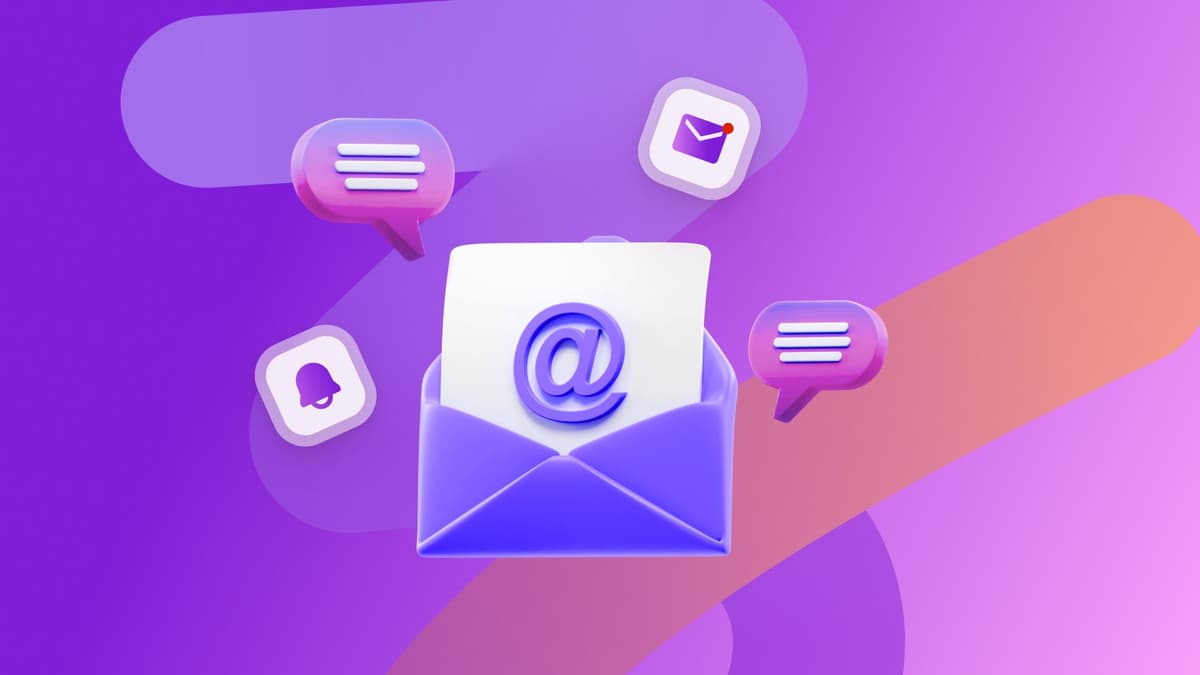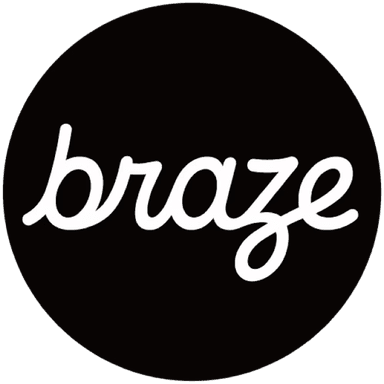How Technical Teams Can Support Anonymous User Campaigns
Published on July 26, 2022/Last edited on July 26, 2022/7 min read
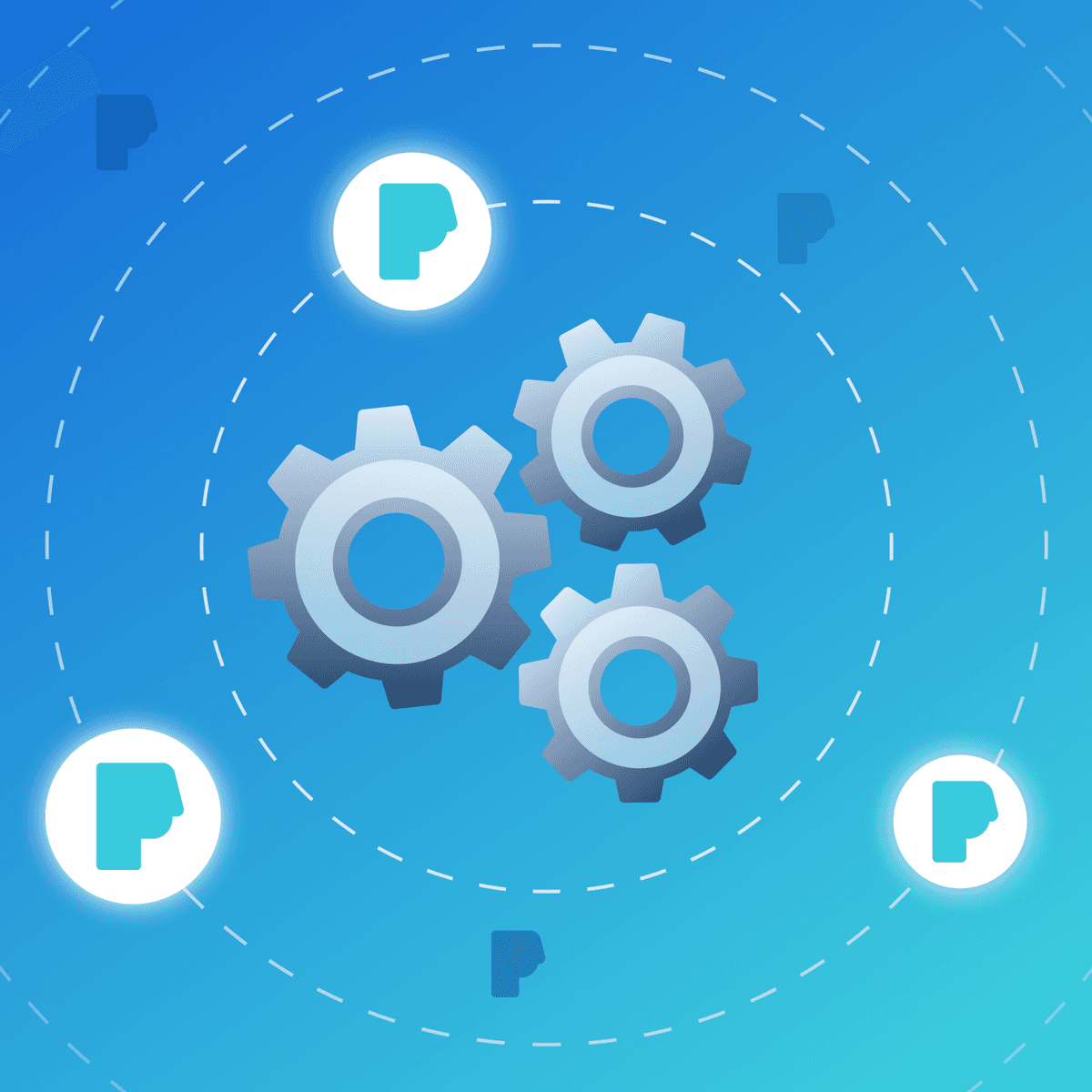
Published on July 26, 2022/Last edited on July 26, 2022/7 min read


Marketing has a problem. One that technical teams—developers, IT team members, and other technology subject matter experts (SMEs)—can support by putting the right technology and workflows in place. The issue is that most of the users that engage with any given brand are likely unknown, anonymous users. Because they're unknown, that complicates efforts by marketers to fully engage these users and convert them into known, active customers with a high lifetime value.
But while understanding your anonymous user base and engaging them effectively can be difficult, it’s possible for marketers to bring more of these users into the fold, as long as they have the support they need from internal technical stakeholders.
What causes some individuals to remain anonymous to the brands they’re engaging with? At the core, the issue is that there’s a gap between when the typical customer journey begins and the timing in which traditional CRM tools are set up to capture information about users.
Think about when an individual first engages with a brand. They click on an ad or come across a company's website or app via search, social media, or word of mouth. The moment they land on that website or download that app, they become a user—but that's not when CRM efforts usually kick in. Customer data collection and customer relationship management strategies are typically initiated later in the process, after a user creates a login and signs into their account.
That's why up to 92% of web users are anonymous and up to 86% of retail users are anonymous, according to data from Braze. As a result, only a handful of these users—the lion's share of individuals that are aware of and engaging with a brand—receive any kind of marketing outreach. By our count, only 20% receive some sort of branded messaging.
But it doesn't have to be that way. With the right technical setup, brands can capture information about more of their unknown customers and convert these anonymous users into known email, SMS, and web push notification subscribers as well as account holders, loyalty program members, and more.
Depending on your organization, the responsibility for providing technical assistance when it comes to customer engagement may sit with Product, IT, or some other technical team. But whoever owns this responsibility at your company, the role they play in making it possible to effectively target anonymous users and drive increased marketing impact is real and significant
Step #1: Enable marketers to capture more insights about anonymous users
Unlike most CRM platforms that begin tracking users once they create an account, with the Braze customer engagement platform, brands can collect insights about customers from the minute they first visit your website or download your app.
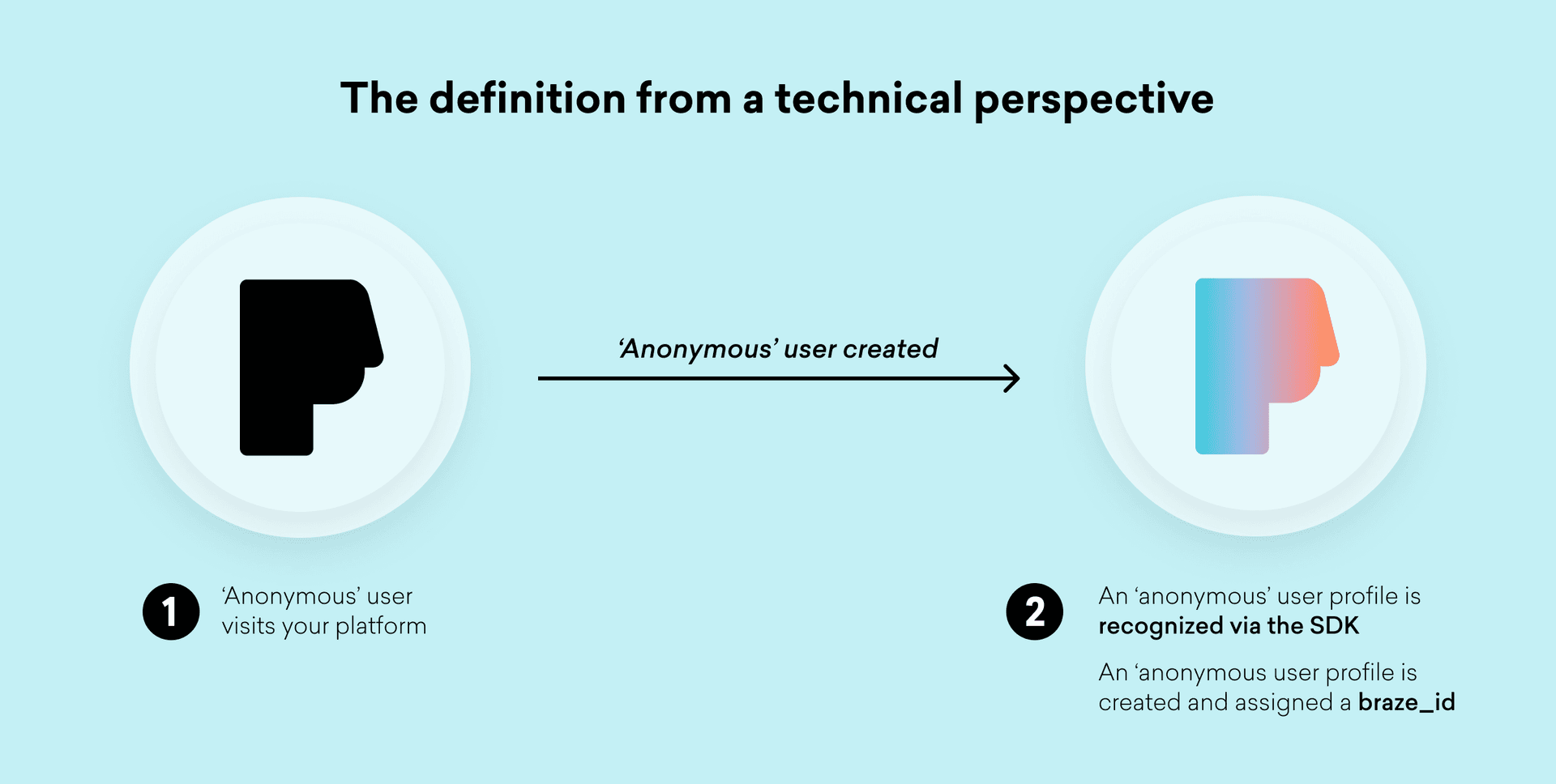
With our SDK in place, it's possible to gather all sorts of data about your entire audience—both known users and anonymous users, including:
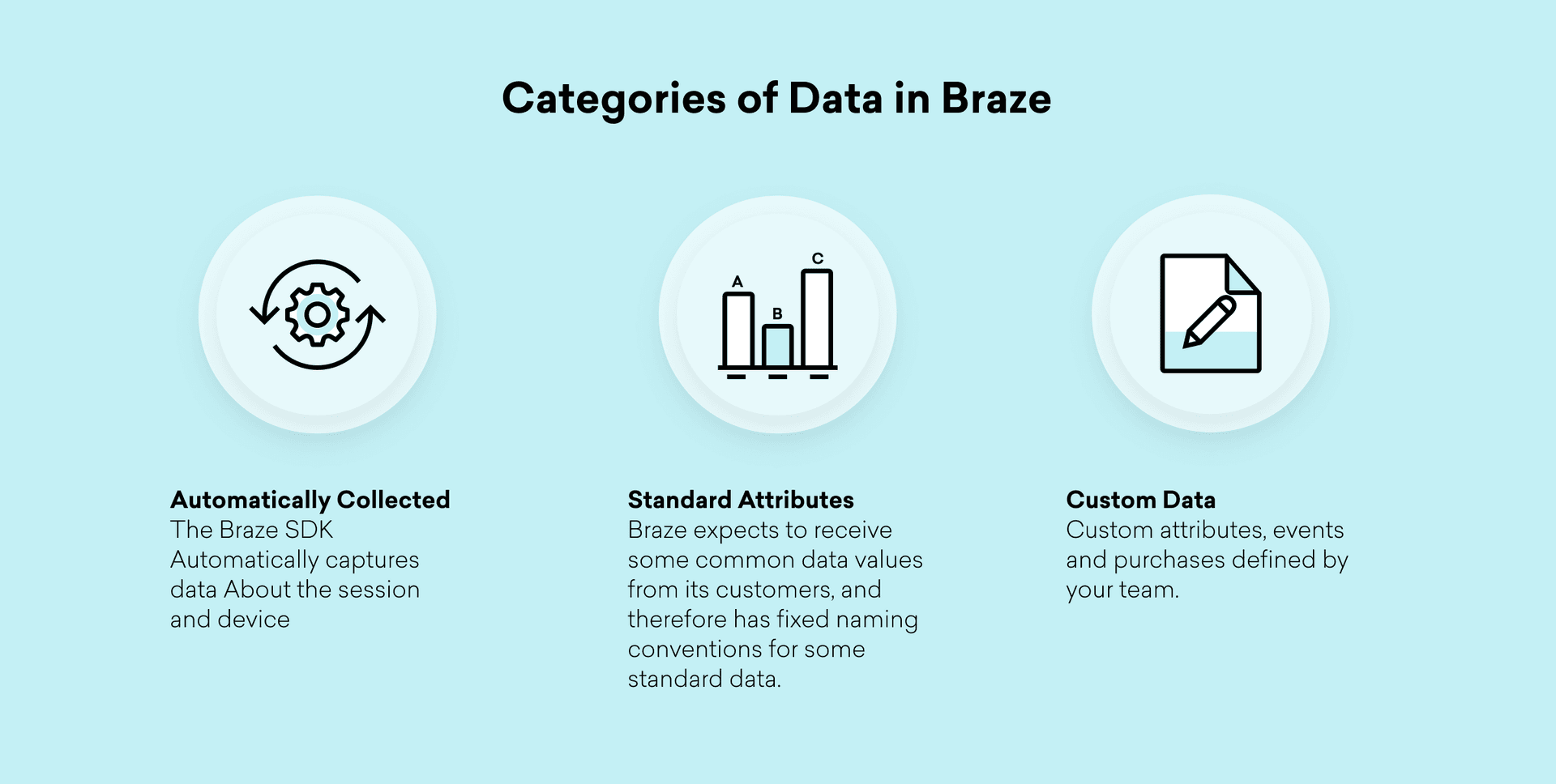
Step #2: Align with marketing on use cases where tracking anonymous users make sense
In today’s increasingly privacy conscious technology landscape, brands should generally only be collecting information on their users if they have a clear plan for how to use that information to provide their audience with a better customer experience. That’s just as true when it comes to anonymous users as it is for any known members of your audience, so make sure that you’re aligned internally about what the goals of your anonymous user program is and what data you need to support it.
Looking for inspiration? Here are some of the most common reasons why brands may want to collect information about anonymous users. In general, itt makes sense to track your anonymous users' data if your marketing team wants to…
Step #3: Select and implement your preferred SDK integration
For Braze customers looking to ensure that they’re capturing anonymous user behavior to support anonymous user marketing programs, they’ll need to choose one of the three following ways to set up their Braze SDK integration.
#1: Minimum Integration
Estimated time to set up: 1 day
Braze documentation and sample apps provide step by step guide for basic SDK integration (Check out the Braze Web SDK Integration Guide)
#2: Standard Integration
Estimated time to set up: 1 week
Follow the step-by-step guide from Braze and also include all methods to track standard attributes. Planning which attributes will be needed in your segmentation and personalization is important to get the most value out of this integration (Find out how to add attributes to a profile in Braze via the SDK).
#3: Custom Integration
Estimated time to set up: 3+ weeks
Any custom integration where the SDK is either being delayed, gated, or occurs after an event requires more time and a deep understanding of the SDKs capabilities. Additionally, all custom data that is being sent to Braze must be defined and tagged in your website or app. (Learn how to send custom events to Braze.)
Step #4: Empower marketers to act on your company's customer insights
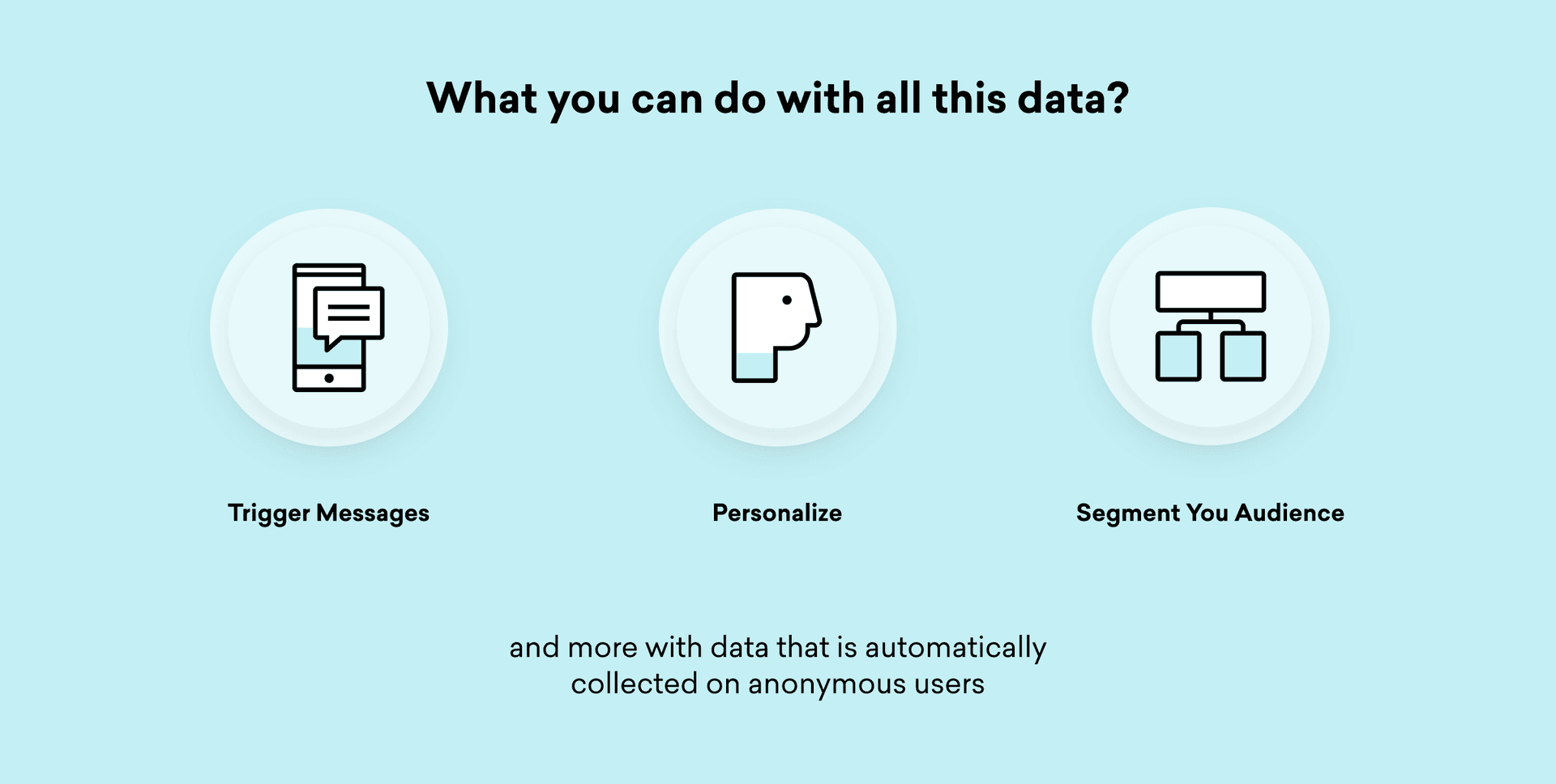
Once your SDK is set up to capture information about your brand's anonymous users, the insights you're able to gather about their browsing activity, location, attribution source, and more can be used to:
The vast majority of your company's users are unknown, making this group an untapped, ideal target for customer engagement. To help brands better understand anonymous users, we conducted a study of over 100 popular retail and eCommerce apps conducted between November 2019 and February 2021 with 2.5 billion active users observed.
Our research also shows that when brands begin engaging with this segment, they can see a significant boost in activity:
Sign up for regular updates from Braze.
